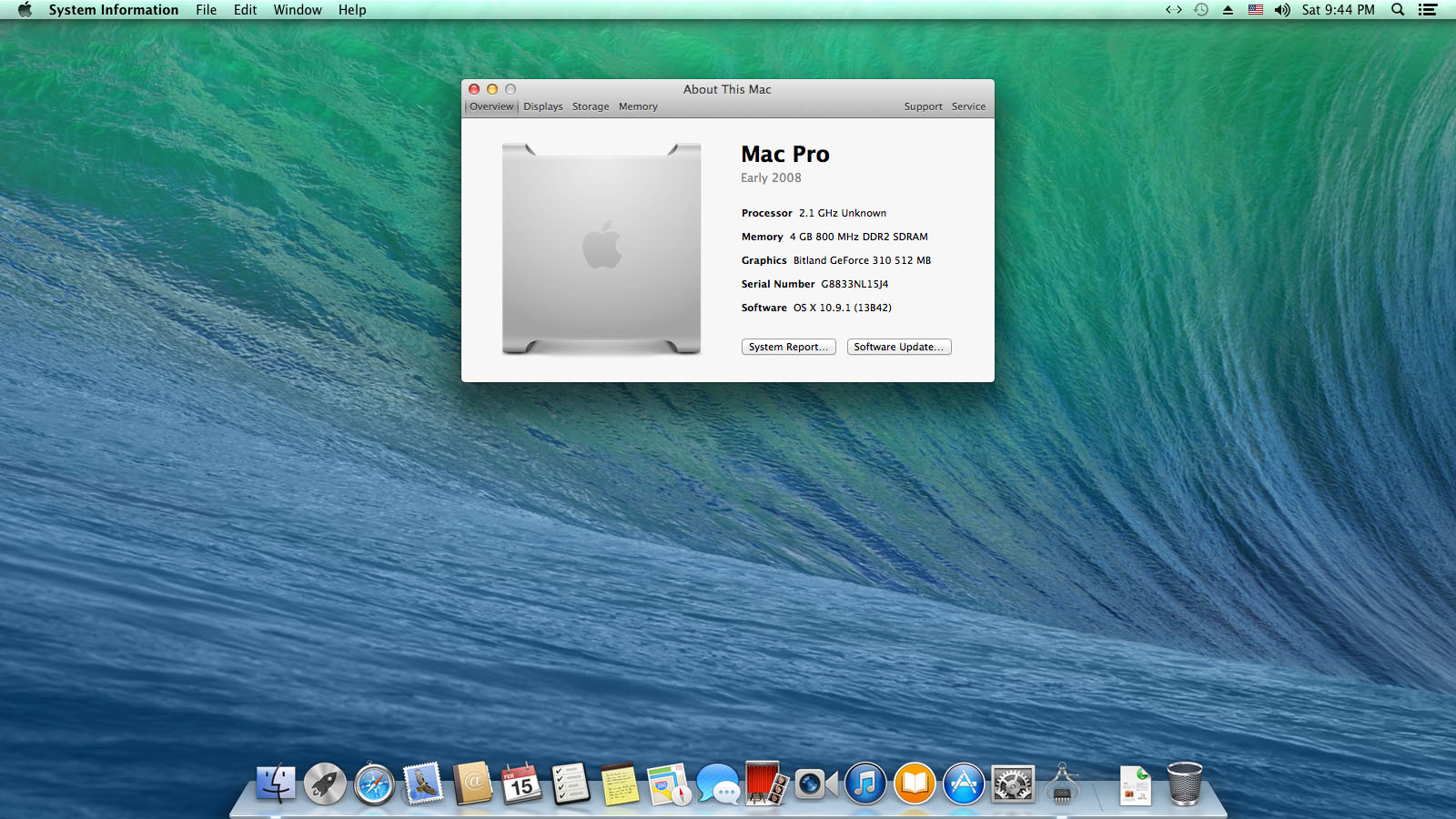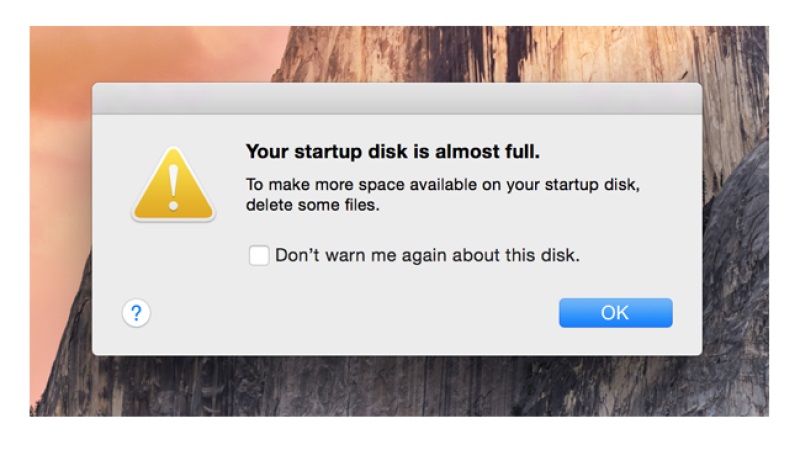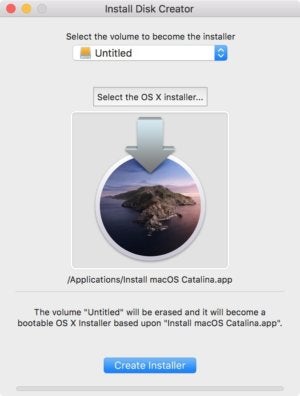Make Startup Disk Mac
You can make your Mac start up from a CD or DVD, a network volume, a different disk, or another operating system. To do so, you change your startup disk. Important: If you have a Mac with an Apple T2 chip, added security features may need to be set in order to change the startup disk. Nektony How to stop applications from opening on Mac startup This article is based on our expertise of macOS, its file system, the work of third-party apps and startup programs. We’ve been working 10+ years in developing our own disk utilities for making a Mac work smoothly.
What are startup items?
Startup items, or login items, are services and applications that launch every time you start your Mac. These are applications that sneak into startup items without notice, never asking if you need or want them there. This way you may end up with a dozen apps launching as soon as you turn on your Mac, weighing heavily on its processor and memory capacities and slowing it down. Such items can increase your Mac’s startup time and decrease its performance.
Mac os create usb installer. Plus, sometimes when you remove an application or a service, it leaves a login item with a broken link. These broken login items are completely useless, cause unwanted messages, and waste your Mac's resources (because they look for non-existent applications). Whether you're running macOS Catalina or El Capitan, or earlier — it's all the same, so just read on.

So, let's go over how to take control of login items, and how to get rid of unwanted, broken or hidden startup items.
How to disable startup programs?
Do you want to stop programs from running at startup? There’s an easy way to remove programs from startup and get your Mac to load faster on launch. The fastest way to turn off startup items on Mac is an app like CleanMyMac X.
- Download CleanMyMac for free.
- Launch the app.
- Open Optimization tab.
- Click on Login items.
- From the list of apps, disable the ones you don’t need on startup.
- Done!
How to change startup programs manually?
Disabling Mac startup programs is possible manually. Therefore, if you have some time and would like to do it yourself, follow the steps below.
Your login items are listed in settings. One of the easiest ways to control startup items is inside System Preferences > Users & Groups.
- Open System Preferences.
- Go to Users & Groups.
- Choose your nickname on the left.
- Choose Login items tab.
- Check startup programs you want to remove.
- Press the “–” sign below.
- You’re done.
- If you need to add an item back, press “+” and choose the app you’d like add.
- Then restart your Mac to see the changes.
How to fix broken startup items?
Broken Mac startup files are left there because some part of apps are left on your Mac long after you’ve moved the app to the Trash. To get rid of these parts and to fix your startup, you’re going to need CleanMyMac again. First, you need to check if they’re among startup items and disable them if so. You can do it following the instructions above. Then you need to remove app leftovers. Mac os x hackintosh. CleanMyMac works fine on macOS High Sierra and earlier OS.
Make Space On Startup Disk Mac

- Launch CleanMyMac.
- Choose Uninstaller tab.
- Scroll through the list of apps.
- If you spot any app that you’ve deleted, check them.
- Delete the app leftovers you’ve chosen.
You can also find and remove broken login items with the help of System Junk module:
- Choose System Junk tab.
- Click Scan.
- Review details and click Clean.
Finally, you need to clean your macOS startup items through launch services:
- Open Maintenance tab.
- Choose Rebuild Launch Services.
- Hit Run.
- Done.
Once you do it, all broken app data on your Mac will be fixed.
Make Space Startup Disk Mac
Remove daemons and agents from startup process
If speaking of files, first go to the system folder /Library/StartUpItems. Here you’ll find all the startup files that are being launched with the system. You can delete the login item you think is necessary if you’re totally sure what you are doing.
Also, the /Library/LaunchDaemons folder contains a bunch of preference files that define how the application that is being launched along with the system should work. You might want to delete some of these files as well if you know you don’t need them and removing them is safe.
The /Library/LaunchAgents contains preference files responsible for the apps that launch during the login process (not the startup).
The above-mentioned folders contain app-related files. However, you can also check system folders to review whether you need some of the system applications to be running on startup:

- /System/Library/LaunchDaemons - note that besides preference files this folder contains other important system items that are recommended to keep untouched.
- /System/Library/LaunchAgents - most probably, you won’t also find anything worth removing in this folder, however, keeping this location in mind might help you find files related to a problematic app that causes troubles on Mac startup. If you have a problematic application that messes about on login, you can try to trace it back from this folder.
But, if you’re looking for simple ways to remove login items, we suggest using a professional Mac utility. Download CleanMyMac X for free and make unwanted and broken login items a thing of the past.
Mac Torrents - Torrents for Mac. Free Apps, Games & Plugins. Apple Final Cut Pro & Logic Pro X, Adobe Photoshop, Microsoft Office, Pixel Film Studios, Torrent. Office 2016 Zip Free Download free download - Microsoft Office 2016 Preview, Free YouTube Download, Microsoft Office 2016 Preview (32-bit), and many more programs. Microsoft Excel: a spreadsheet that formerly competed with the Lotus that is dominant 1-2-3 and eventually outsold it. Microsoft released the version that is first of for the Mac OS in 1985 and the very first Windows version (numbered 2.05 to line up with the Mac) in November 1987. How Exactly To Activate Office 2017?? Microsoft Office 2010 (codenamed Office 14) is a version of Microsoft Office for Microsoft Windows that was released to manufacturing on April 15, 2010 and was later made available to retail on June 15, 2010 as the successor to Office 2007 and the predecessor to Office 2013. The Mac OS X equivalent, Microsoft Office 2011 for Mac, was released. Office 2016 Crack Product Key with Torrent Free Download New Official Release. Microsoft Office 2016 Free Torrent Download is an upgraded version of the Microsoft Office Productivity suite that comes after Microsoft Office 2013 and Office for Mac users. This version is compatible with both Mac and Windows OS users. Microsoft office mac 2016 torrent.
